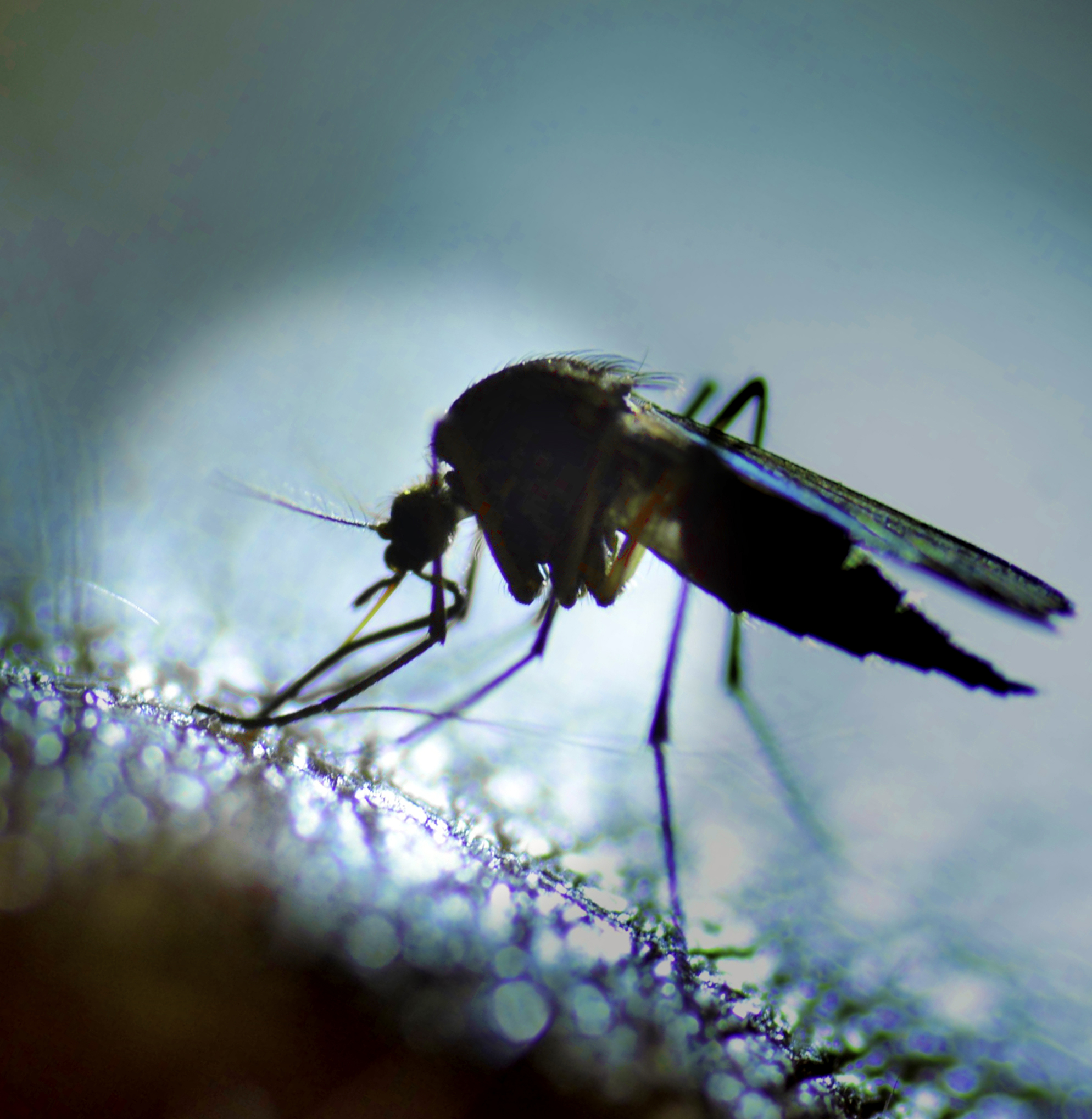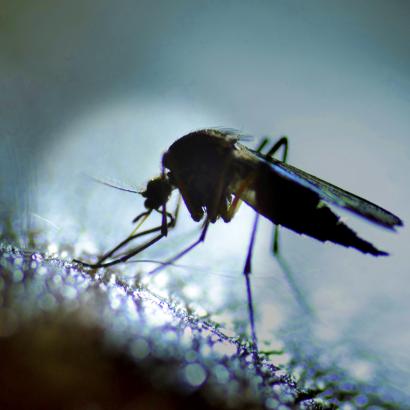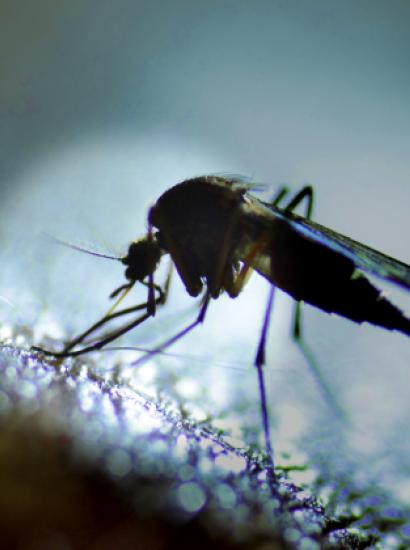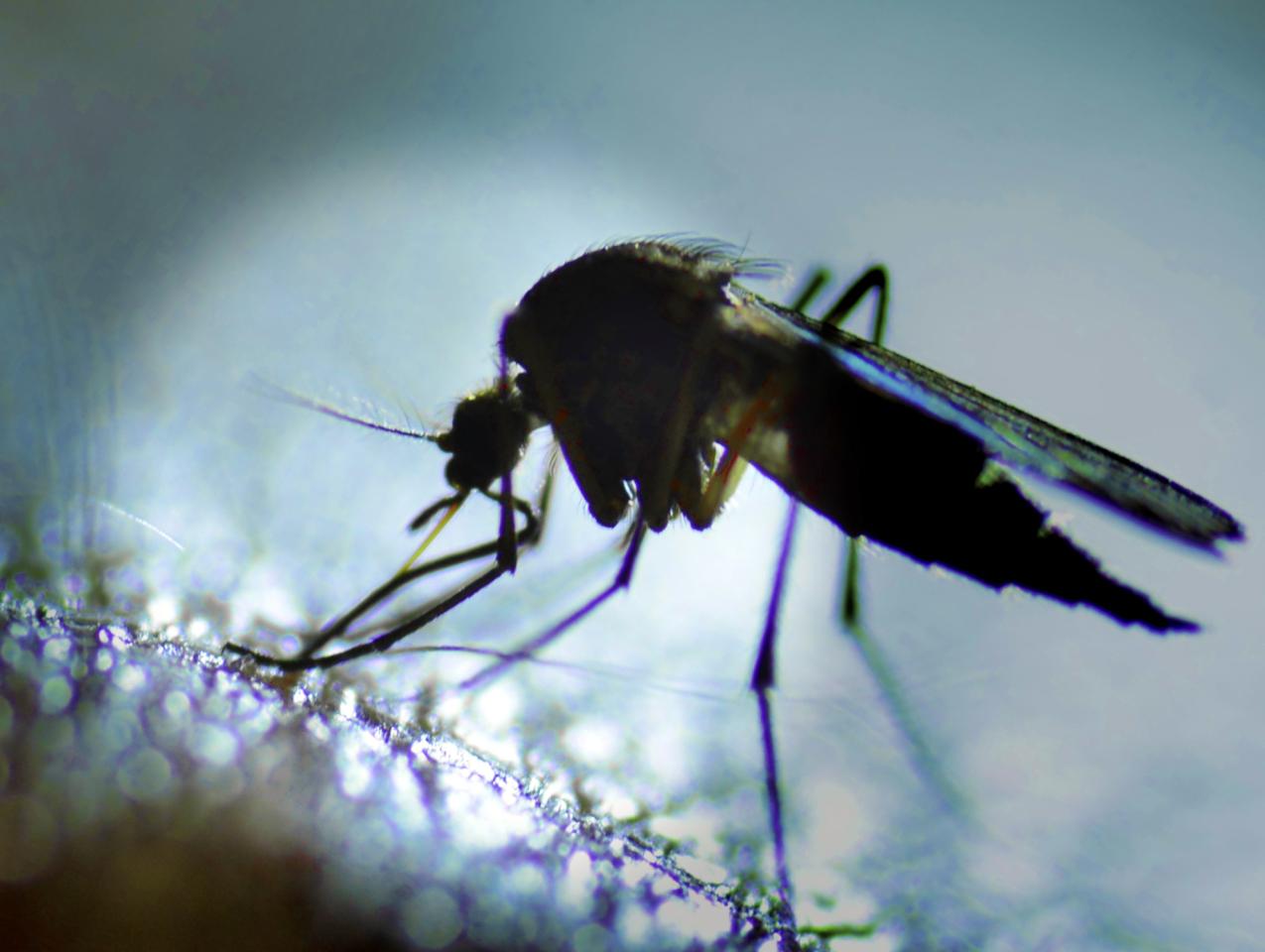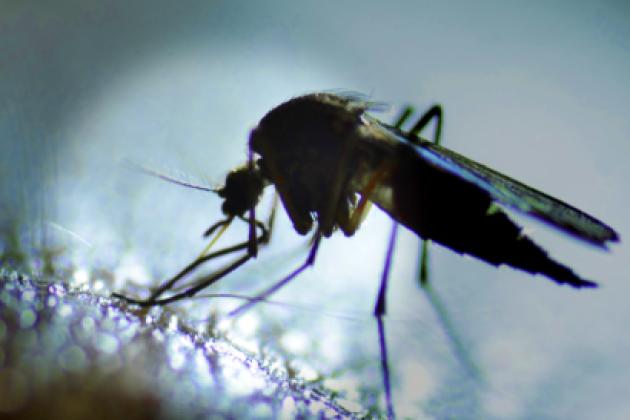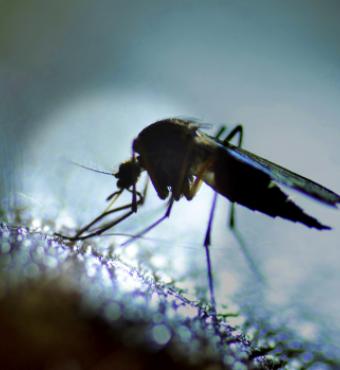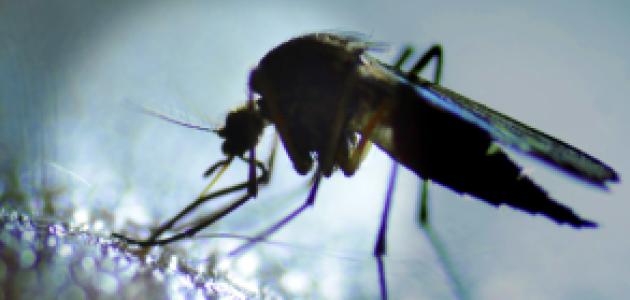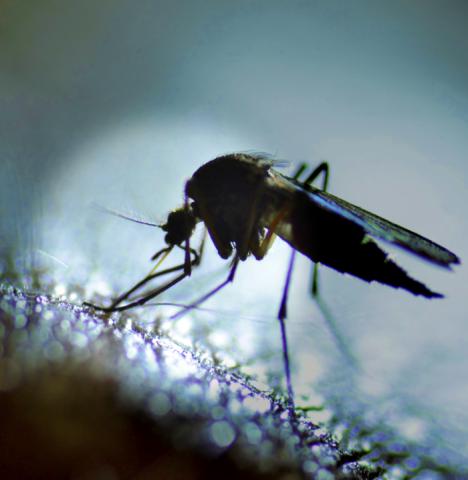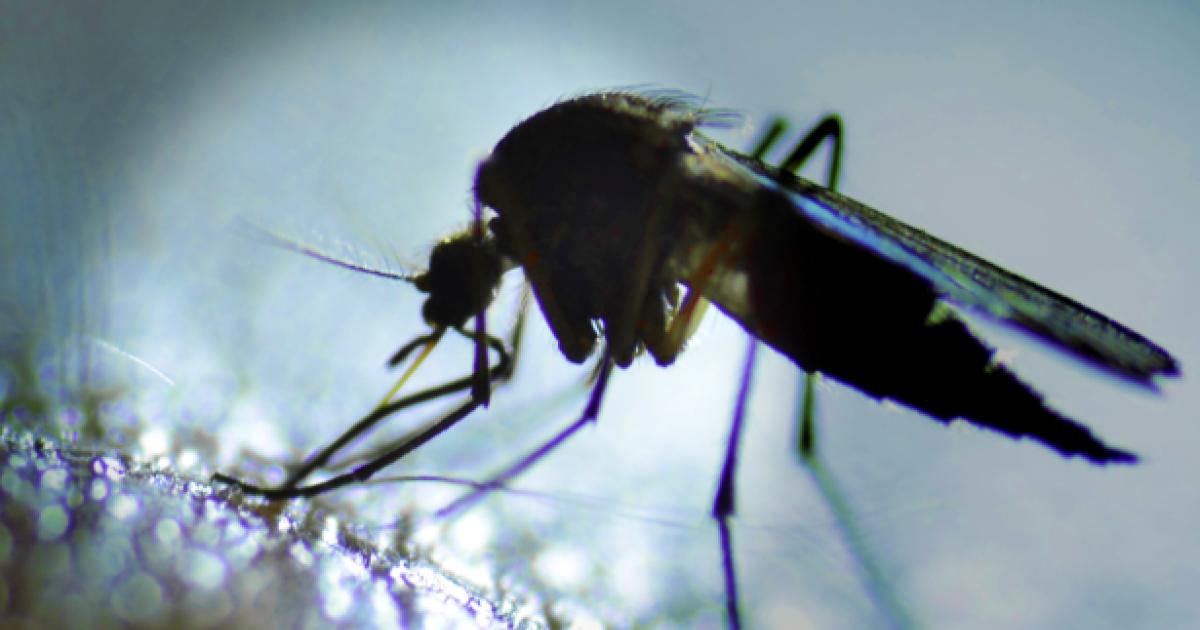- Health Care
Never let a good crisis go to waste, Rahm Emanuel famously said, and faced with increasing numbers of cases of mosquito-transmitted Zika virus infections in Florida, a cavalcade of federal government officials and politicians has been heeding his advice, demanding more money from Congress. The Democrats blamed the acceleration of the Zika outbreak on the supposedly inadequate funding of federal public health agencies, and called for the appropriation of $1.8 billion of new money. Congress finally appropriated $1.1 billion, after months of wrangling over the issue.
CDC Director Tom Frieden was the first of the administration’s soldiers to enter the fray. At the National Press Club in May, he issued dire warnings and pleaded for additional money from Congress for Zika-related research. He used words like “unprecedented” and “extremely urgent” to describe the outbreak.
In June, Dr. Anthony Fauci, the usually (and appropriately) apolitical director of the National Institute of Allergy and Infectious Disease at the National Institutes of Health, said, “If we don’t get the money [requested by the administration], it’s not [a] question of speed or not, it’s a question of whether the [Zika] vaccine effort will be blunted or completely aborted.” (Interestingly, that same Dr. Fauci was on CBS’s “60 Minutes” on November 6, touting the rapid progress of NIH’s Zika vaccine development program and predicting that a vaccine could be ready for distribution by early 2018.) In that same month, U.S. Surgeon General Vivek Murthy said that federal health agencies were nearing the end of their reserves and need new funds from Congress immediately.
In Orlando last month, Secretary of Health and Human Services Sylvia Mathews Burwell joined in, warning that Congress’s failure to give the administration the money it requested could slow down development of a vaccine.
Finally, in August, the President himself warned, “The situation is getting critical.” He added that the prospects for a vaccine are “well within reach” and that, without funding, the NIH’s clinical trials “could be delayed. So this is not the time for politics.”
In fact, it is the President himself who was playing politics. The CDC and the NIH, the agencies with primary responsibility for research and responses related to the Zika outbreak. are hardly impoverished. As noted in a Wall Street Journal editorial about the CDC’s budgets, “The average for the Obama years is $10.823 billion including the stimulus, while the average for George W. Bush’s second term was $8.721 billion. . .This year’s [FY 2014’s] CDC budget is a 35.2% increase over a decade ago.”
Moreover, as another Wall Street Journal editorial pointed out:
[T]he Administration currently has $385 million in reprogrammed Ebola funds at its disposal. Only about half of that has been obligated, which Department of Health and Human Services spokesman Bill Hall attributes to bureaucratic federal procurement regulations. Yet the Administration continues to insist it needs more money even though it can’t spend the money it has fast enough.
In the end, as expected, Congress did appropriate more funding for Zika virus research and management. A budget bill passed on September 28 that would keep the government funded through December 9 included $1.1 billion for Zika-related activities. But the controversy—pseudo-controversy might be more accurate—should have induced politicians to question how wisely the federal agencies involved are using their existing resources, whether their priorities are worthy, and whether the regulation of potentially important products makes sense.
They should be holding hearings to prevent a repetition of the three years (2011-2014) of the CDC’s “community transformation grants,” which were established by the ObamaCare legislation and which dispensed more than half a billion dollars for projects like “increasing access to healthy foods by supporting local farmers and developing neighborhood grocery stores,” and “promoting improvements in sidewalks and street lighting to make it safe and easy for people to walk and ride bikes.”
Dr. Francis Collins, the director of the National Institutes of Health, has complained that a decade of stagnant spending has “slowed down” research across the board and, as a result, the research community has fallen behind on preventing and treating lethal infections. If it’s true that insufficient resources are inhibiting research on infectious diseases, the fault is shared by Collins himself, who has headed the NIH for more than seven years, and the Congress. As Collins knows well, all research carried out within or supported by the NIH is not equal, and the projects funded by its National Center for Complementary and Integrative Health (NCCIH)—which was the brainchild not of scientists but of politicians—are clearly a weak link.
NCCIH’s mission is “to define, through rigorous scientific investigation, the usefulness and safety of complementary and alternative medicine interventions and their roles in improving health and health care,” but as Dr. Paul Offit, chief of the Division of Infectious Diseases at Children’s Hospital of Philadelphia has observed, there's only medicine that works and medicine that doesn't—and NCCIH has been supporting a lot of the latter.
The current system of peer-review at NCCIH permits the funding of many projects that are trivial, and almost all of the interventions tested have proven to be worthless. For example, a study supported by the center found that a cranberry juice cocktail was no better than a placebo at preventing recurring urinary tract infections. Other studies funded by the Center include, “Metabolic and Immunologic Effects of Meditation,” “Long-Term Chamomile Therapy of Generalized Anxiety Disorder,” and “Restorative Yoga for Therapy of the Metabolic Syndrome.”
So, why has NIH Director Collins been colluding in the funding of such projects instead of additional basic research that could lead to Zika vaccines and better understanding of the biology of the mosquitoes that transmit Zika, or to therapies for Alzheimer’s disease and ALS?
The sort of “research” funded by NCCIH to the tune of $130 million annually (and at other NIH components as well, for a total of more than $367 million of wasted resources), is an affront to the NIH and NIH-funded investigators who are at the cutting edge of their disciplines and who face increasing difficulty getting federal funding even for studies that are highly ranked on the basis of scientific merit. In FY 2014, the percentage of investigator-initiated research grant proposals that were funded by NIH was a dismal 18.1 percent. In other words, fewer than one in five grant proposals were funded, leaving many meritorious proposals high and dry.
The National Science Foundation—which could also play an important role in Zika virus research—is, if anything, even worse at setting priorities than the CDC and the NIH. Its politically correct Social, Behavioral and Economic Sciences Directorate is completely out of control, funding studies of topics like how to ride a bike, whether parents choose trendy baby names, the best time to buy a ticket to a sold out sporting event, and why the same teams always seem to dominate the NCAA basketball playoffs.
On the regulatory front, the Obama administration has blundered badly by obstructing the development of important new products to control Zika-carrying mosquitoes. These products include, for example, promising innovative genetic engineering approaches not available in the United States that offer ways to control the Aedes aegypti mosquitoes that transmit Zika, dengue fever, chikungunya, and yellow fever.
Here’s how one promising approach works: Using genetic engineering techniques, the British company Oxitec (a subsidiary of American-owned Intrexon) has created male Aedes aegypti mosquitoes with a specific lethal mutation that causes them to need a certain chemical (the antibiotic tetracycline) to survive. Without it, they die—and their offspring also die before reaching maturity. Releasing the males over several months, during which time they mate with non-engineered females in the wild and produce doomed progeny, causes a marked reduction in the mosquito population. Because male mosquitoes don’t bite, they present no health risk, and because their progeny die, no genetically engineered mosquitoes persist in the environment.
This approach has already been widely and successfully tested abroad and is currently being used to control mosquitoes in the city of Piracicaba, Brazil. But the FDA, which has asserted regulatory jurisdiction over the genetically engineered insects, only recently approved this technology for a limited field trial—and that was after a five year review period. During that time, it was unwilling to permit even small-scale testing. This screw-up of monumental proportions was completely avoidable.
For one thing, there is a jurisdictional inter-agency snafu: The FDA is stepping on the Agriculture Department’s turf. The technique of using sterile insects to control pest populations was developed in the 1940’s by the USDA’s E.F. Knipling. He used irradiated sterilized males to eradicate the New World screwworm, a nightmarish parasite that attacks livestock and humans, from the United States and much of North America.
Instead of the FDA, the Oxitec mosquito should be regulated by the USDA’s Animal and Plant Health Inspection Service, which has the authority and expertise to oversee field trials and commercialization of genetically engineered insects. But for a combination of reasons—including budgetary concerns and antagonism to genetic engineering among some senior USDA officials—the department demurred, instead ceding jurisdiction to the FDA, which is unqualified to review the mosquito and unwilling to move it along expeditiously.
The FDA regulates the genetic material introduced into the mosquito as a “new animal drug”—similar to the way it regulates flea medicines and analgesics for dogs and cats. (This was an unwise policy decision from the outset, but that is a story for another day.) According to statute, the genetic material must therefore be shown to be safe and effective for the animal.
To approve the Oxitec insect, then, the FDA would need to employ logic that only a bureaucrat could love: It must somehow conclude that the genetic material that causes a male mosquito to self-destruct after producing defective offspring is safe and effective for the mosquito. The FDA could find itself tied up in legal knots if its ultimate approval of the genetically engineered insects were to be challenged in court by environmentalists or anti-genetic-engineering activists, as is likely.
Nevertheless, in 2011, the FDA accepted Oxitec’s application to perform a field trial in the Florida Keys, which was finally approved on August 5 of this year.
For the USDA’s part, in 2011, its Office of Inspector General issued a report highly critical of the department’s oversight of research on genetically engineered animals and insects. It concluded that there had been no progress since 2007, when a new Animal Policy Branch was established in an effort to delineate regulatory authority for genetically engineered animals. The department responded to the report by committing to develop a regulatory framework by the end of 2011.
We’re still waiting.







